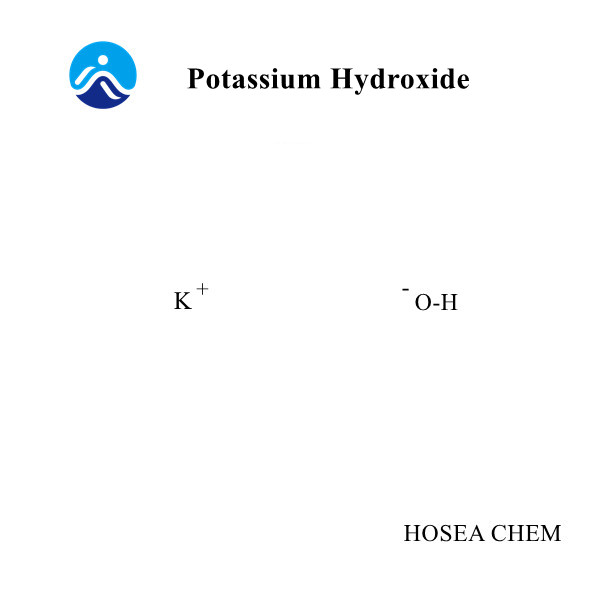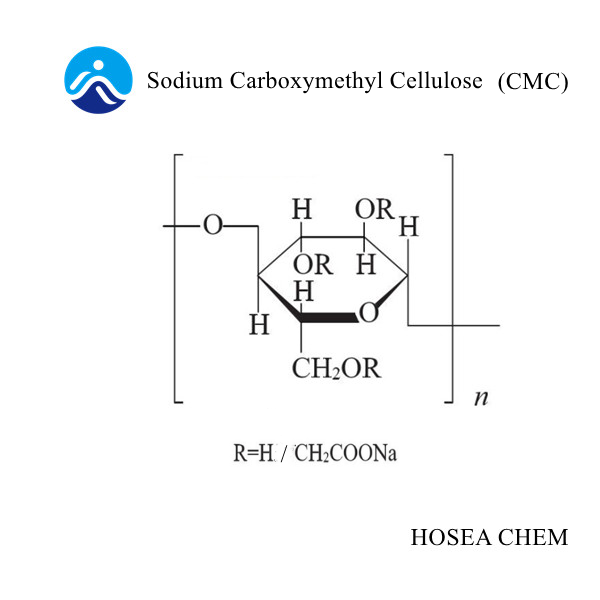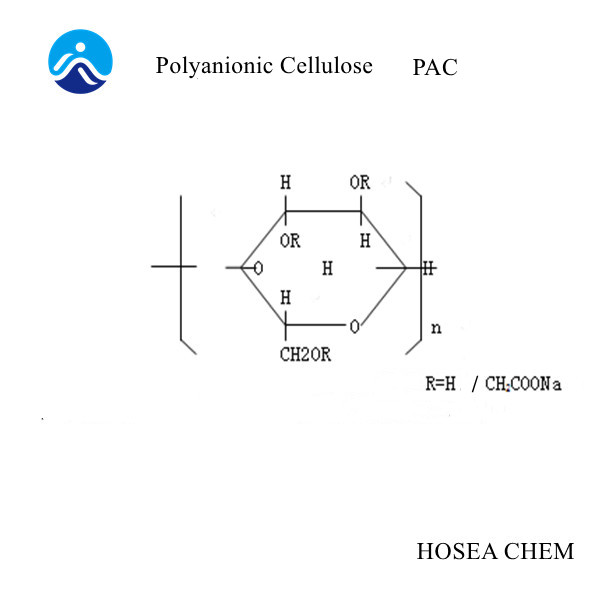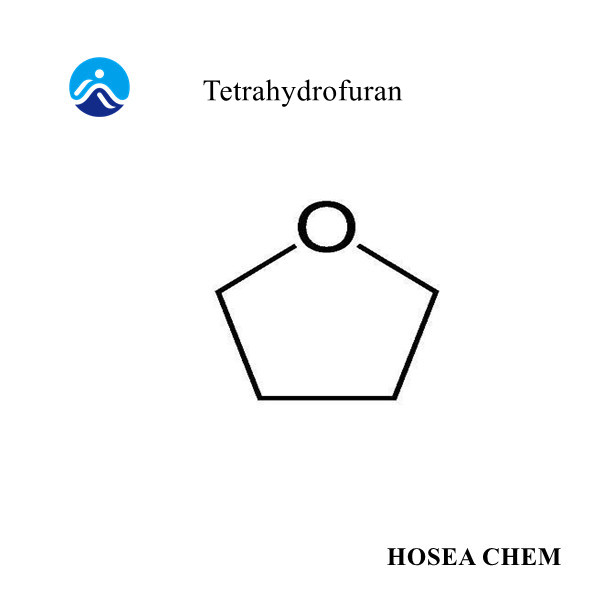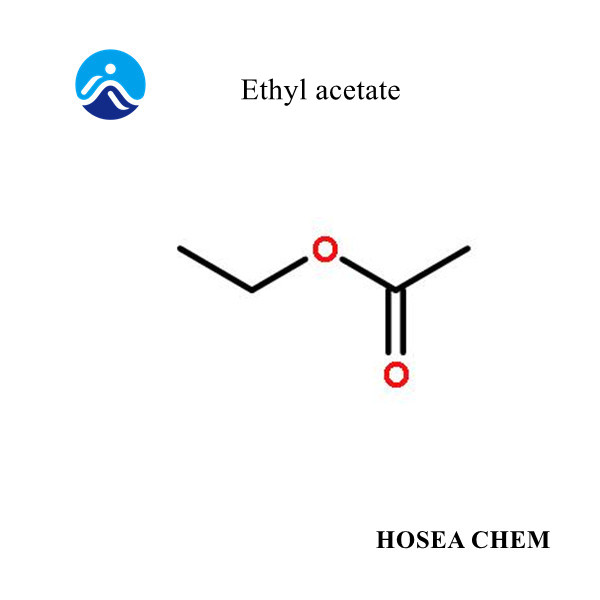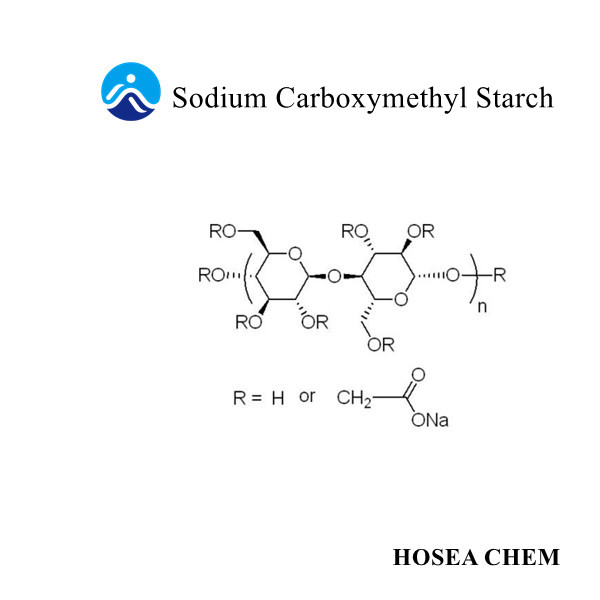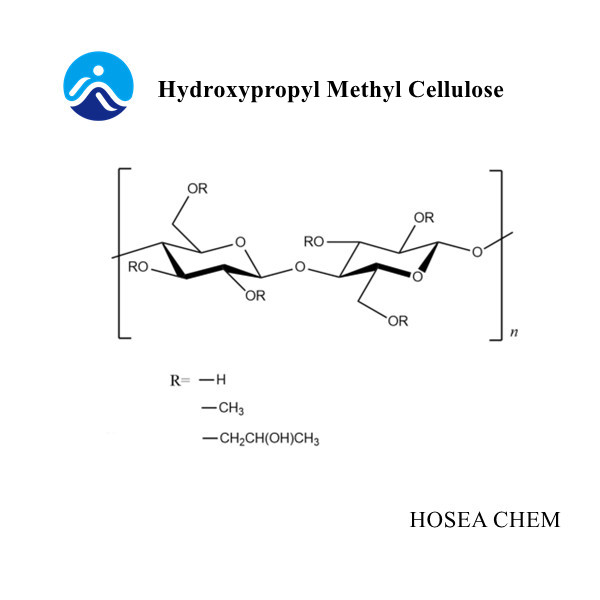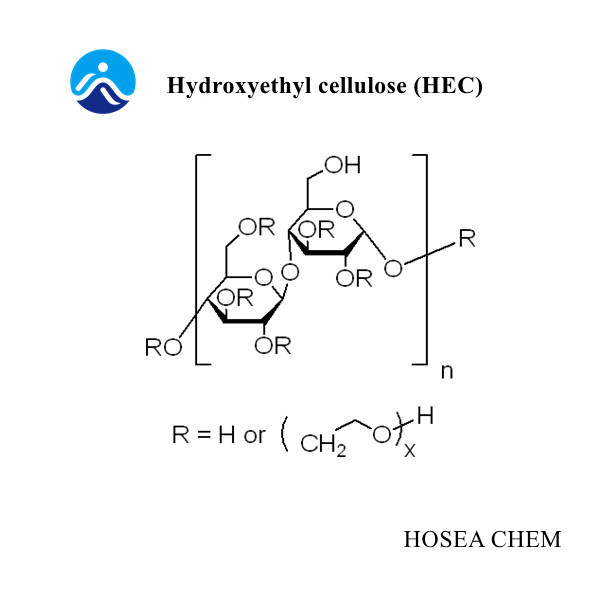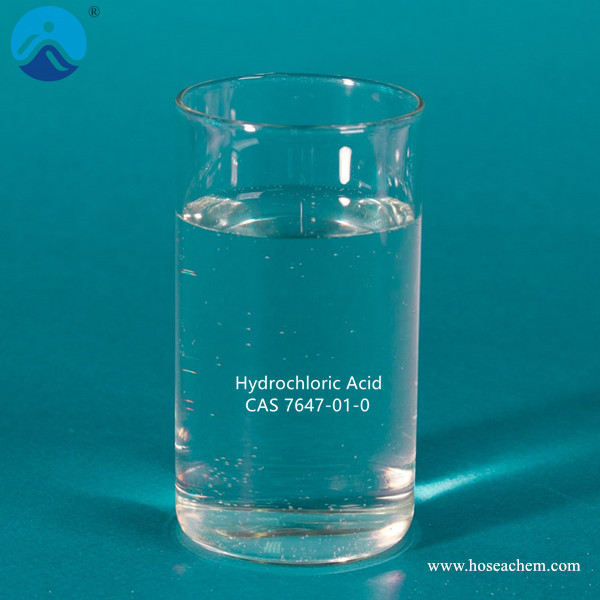Hydrochloric acid
Hosea Chem® has been supplying Hydrochloric acid (Cas 7647-01-0) with high quality and competitive price for many years, covering most of the European, American, etc. Send Inquiry
Product Description
Hydrochloric acid, Chlorohydric acid
Chemical Name: Hydrochloric acid; Chlorohydric acid; HCI; CAS 7647-01-0
Cas No.: 7647-01-0
EINECS No.: 231-595-7
Chemical Formula: HCI
Molecular Weight: 36.46
Melting point: -35°C
Boiling point: 100°C
Density: 1.2 g/mL at 25°C
Molecular Structure:

Description
Hydrochloric Acid is a colorless or slightly yellow liquid with irritation odor. It is used in polymerization, isomerization, and the synthesis of vinyl chloride and alkyl chloride.
Hydrochloric acid Standard
Appearance: colorless or slightly yellow liquid with irritating odor
Purity % ≥: 31
Density (25ºC)g/mL: 1.2
Flash Point ºc ≥: 10
Refractive Index n20/D: 1.3535
Viscosity mm2/s: 1.7
Application
1. Hydrochloric Acid is an acid that is the aqueous solution of hydro- gen chloride of varying concentrations. it is miscible with water and with alcohol. it is used as an acidulant and neutralizing agent.
2. Hydrochloric acid is also used extensively in pharmaceuticals and the food industry. In the food industry it is used in the production of gelatin and sodium glutamate, to convert cornstarch to syrup, to refine sugar, and as an acidulant.
3. Hydrochloric acid is one of the most widely used acids and a common laboratory reagent. It is used in the manufacture of chlorides, in the pickling and cleaning of metal products, as a processing agent for manufacturing various food products, as a cleaning agent, in organic synthesis, and for neutralizing alkalies.
4. Hydrochoric acid is a fire-effluent gas. It is also used for oil and gas-well treament and in removing scale from boilers and heat-exchange equipment.
5. This product can be used in chemical, light industry, textile, metallurgy and other industries.
6. Hydrochloric acid has many industrial uses, such as in the production of various chlorides, plastics (such as PVC and polyurethane), fertilizers, and dyes. It is also used in the photographic, textile, and rubber industries, as well as in gelatin production, leather processing and household cleaning products.
Storge & Handling
Containers of hydrochloric acid should be stored in secondary plastic trays to avoid corrosion of metal storage shelves due to drips or spills. Cylinders of hydrogen chloride should be stored in cool, dry locations separated from alkali metals and other incompatible substances.
Packing
Ceramic tank (30kg), plastic drum or tank car mode of PVC hard board


